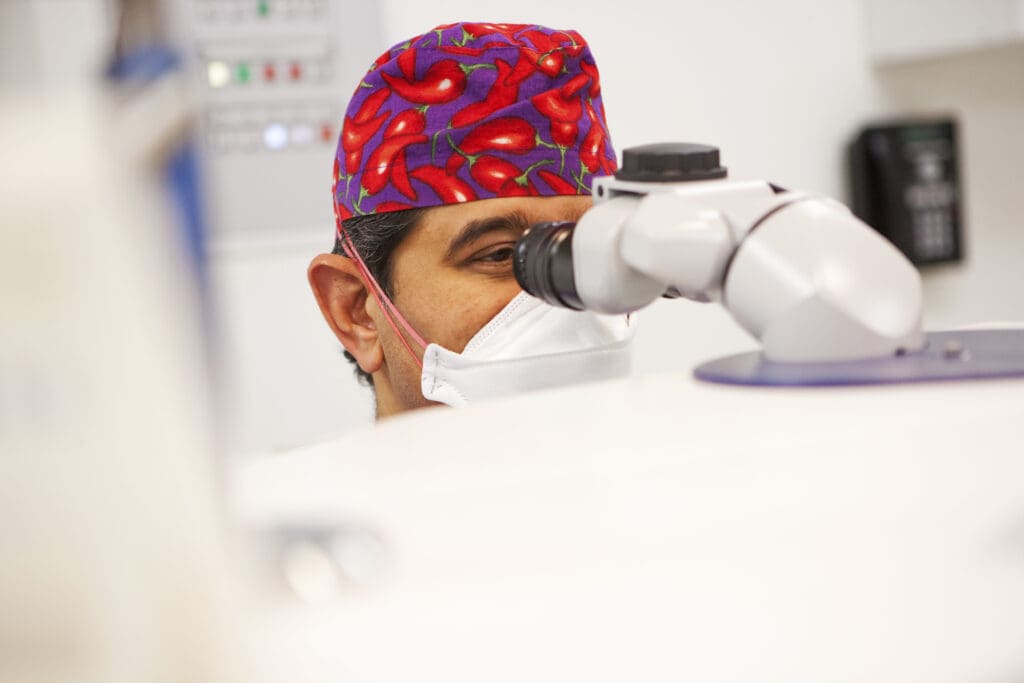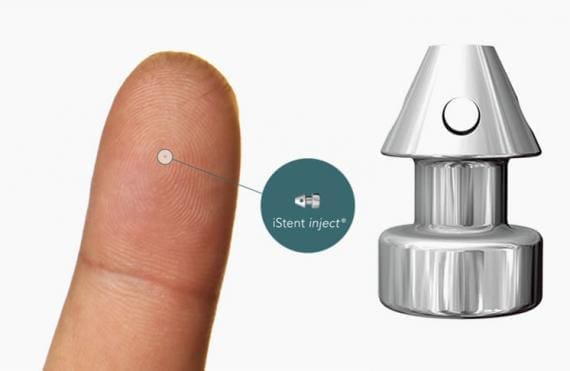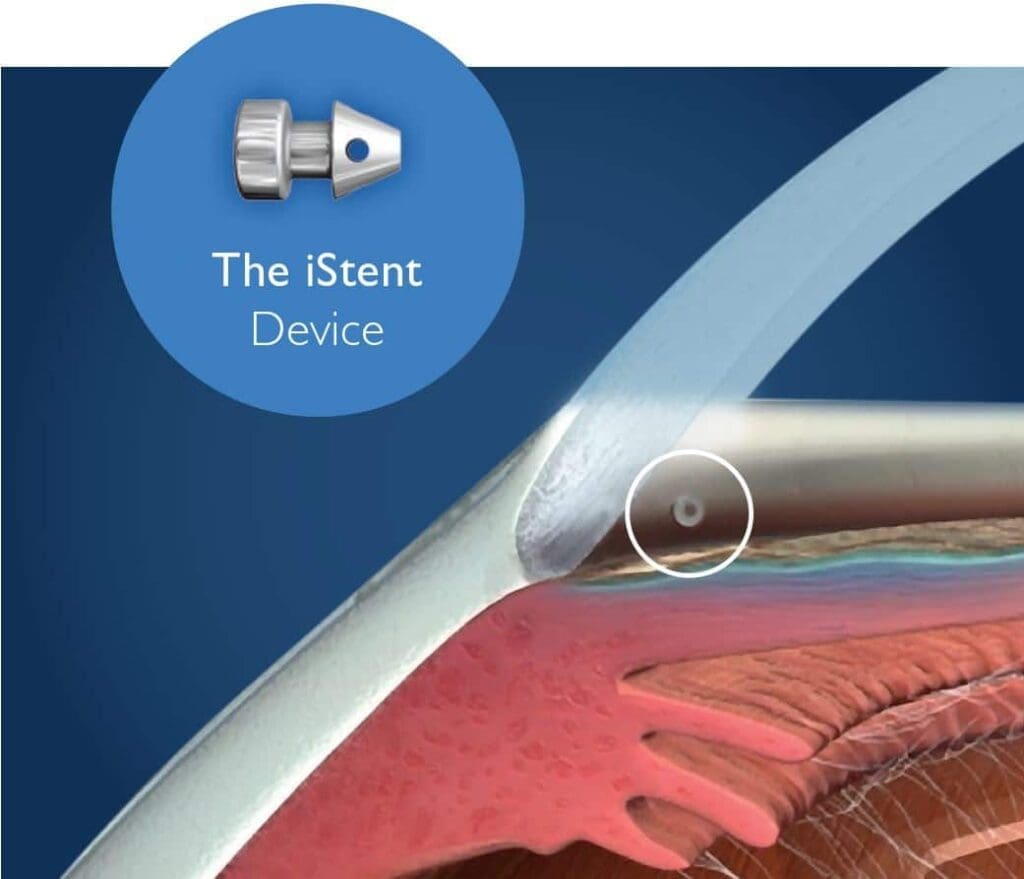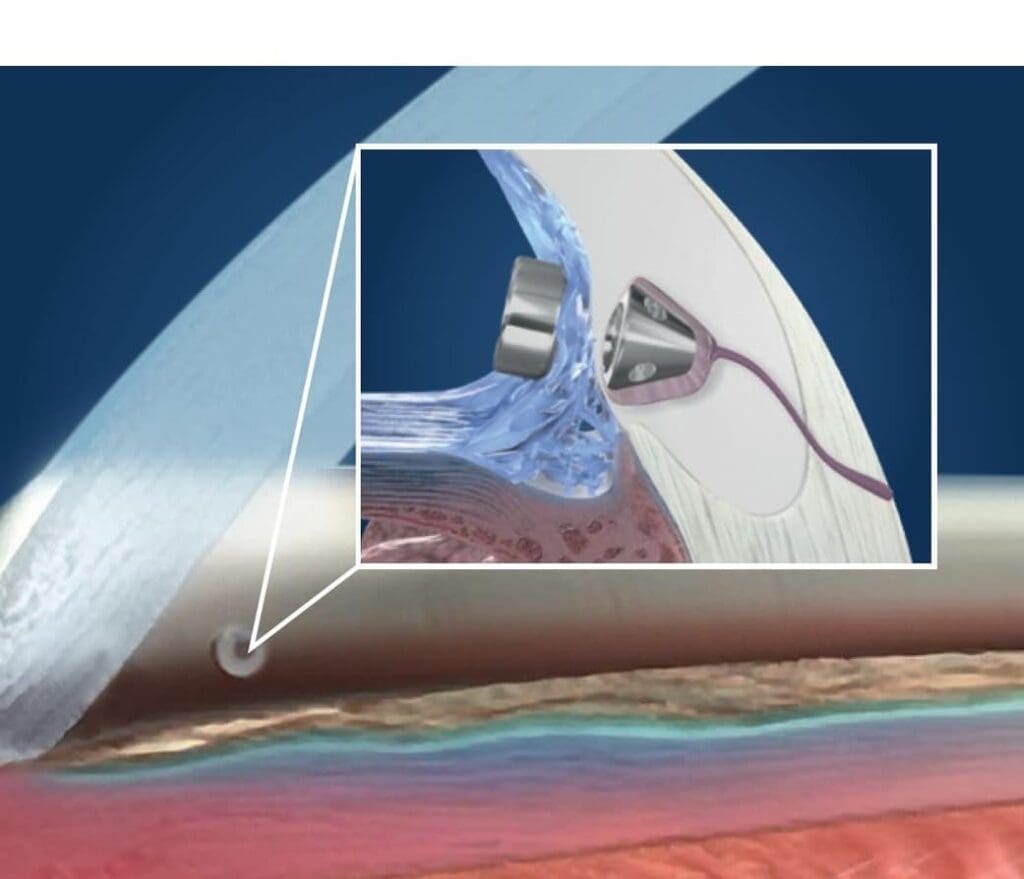The iStent Trabecular Micro-Bypass System is designed to lower eye pressure and reduce the risk of vision loss from glaucoma. It may also reduce or remove the number of glaucoma eye drops you might be using now.
An international study has shown 72% of patients who were treated with iStent no longer needed to take glaucoma medication after 12 months.







